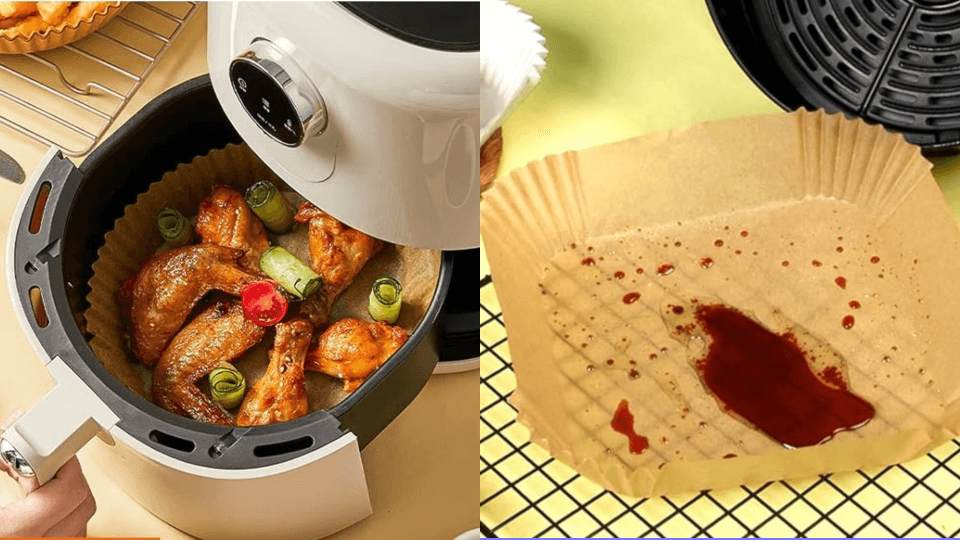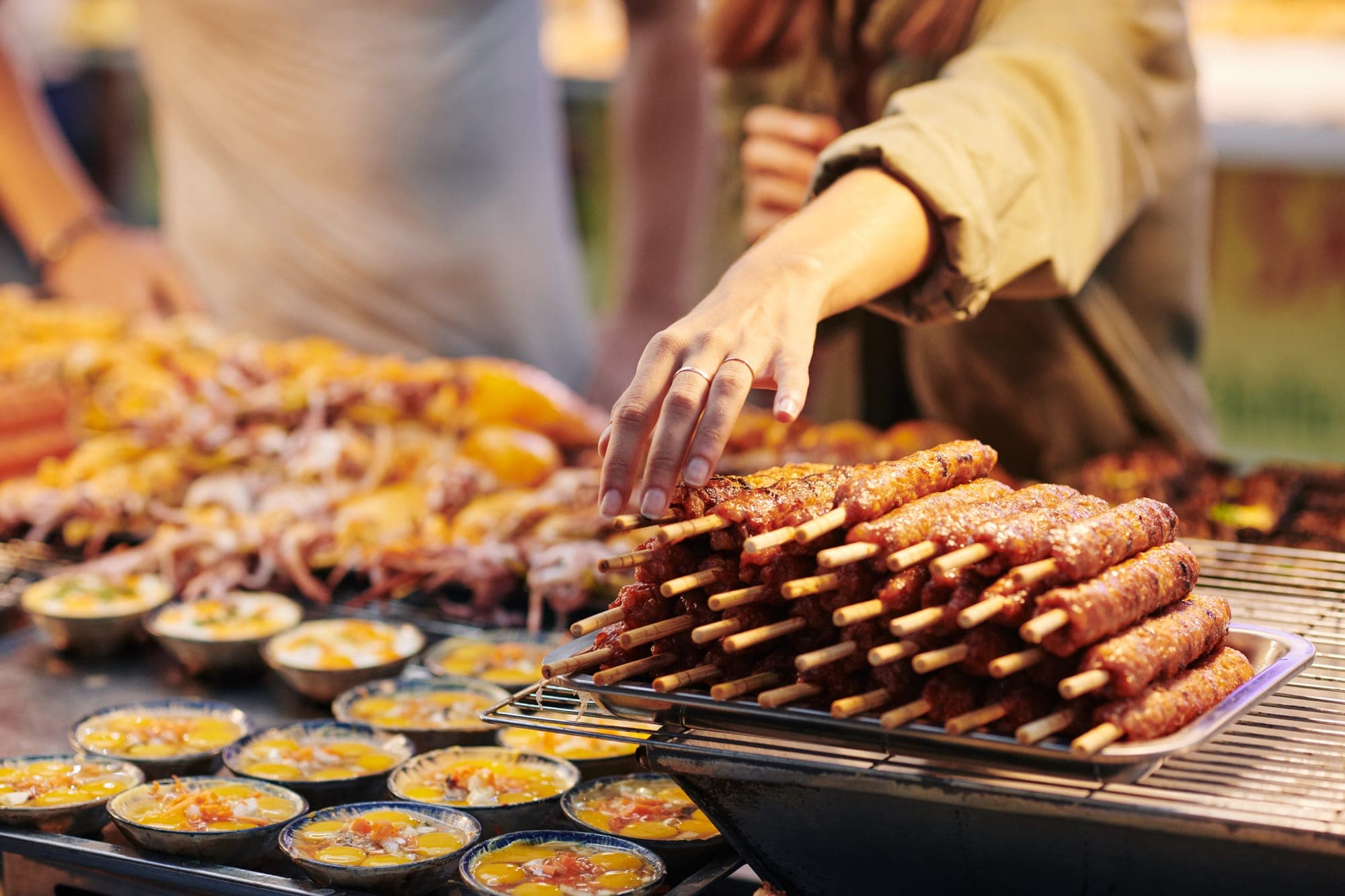Measuring Cups Suck: Level Up Your Cooking With a Scale
Discover the secret weapon that will transform your cooking from 'meh' to magnificent: a kitchen scale! Learn how weighing ingredients can improve consistency, reduce mess, and unlock a whole new level of culinary mastery.
Published:

Forget those clunky measuring cups! If you want to take your cooking from 'meh' to 'magnificent', there's one secret weapon: a kitchen scale. Honestly, I used to think weighing ingredients was for obsessive bakers and scientists, but then I tried it for myself.
Let me tell you, switching to weight-based recipes took my kitchen from 'Fast Food' to 'Fine Dining'. It might sound complicated, but it actually made cooking easier and way more enjoyable. Suddenly every dish I made was a hit.

Why Weighing Ingredients Rocks
Whether you're baking, frying, barbecuing, roasting, weighing your ingredients just makes sense. Here's why:
Kiss inconsistency goodbye! - Ever notice how a "cup" of flour can be different depending on how packed it is? Or what brand it is? With a scale, you're measuring the actual weight, not volume. So 200 grams of flour is 200 grams of flour, no matter how fluffy it is. This goes for any dry ingredients - spices, sugar, even that weird protein powder you've been experimenting with.
Less mess, less stress - Say goodbye to a mountain of measuring cups and spoons cluttering your counter. With a scale, you can just pour ingredients straight into your mixing bowl and weigh as you go. Plus, no more sticky residue clinging to your measuring spoons - everything goes right into the mix where it belongs.
Scaling recipes is a breeze - Need to double that cake recipe for your kid's birthday party? No more fiddling with fractions and weird conversions. With weight-based measurements it's simple multiplication, no fluff.
Haha, I said 'scaling' when talking about using a 'scale' for your ingredients... you know what, nevermind.
Feel like a genius - Maybe you're not winning any awards, but weighing your ingredients feels cool. It's precise, it's efficient, and your friends are going to assume you're doing witchcraft. Plus, think of all the extra drawer space you'll have! You finally have a place to store that lab coat you've always wanted.
Changing Your Recipes
Ok so we know why measuring with cups and spoons totally sucks, and why weighing your ingredients totally rocks, but we have a problem. Most recipes still use those clunky measurements. Don't worry, though, converting your favorite recipes to weight is easier than you think.
Seriously, just hop on the Google and convert each ingredient to grams (trust me, grams are way easier than ounces). I like to write down my converted recipes so I have them handy, but you do you. To get you started, here's a list of common ingredient conversions in both grams and ounces:
Flour
- All-Purpose Flour: 1 Cup = 120g / 4.25oz
- Bread Flour: 1 Cup = 130g / 4.6oz
- Cake Flour: 1 Cup = 115g / 4oz
Sugar
- Granulated Sugar: 1 Cup = 200g / 7.05oz
- Granulated Sugar: 1 tbsp = 12g / .42oz
- Brown Sugar: 1 Cup = 220g / 7.7oz
- Brown Sugar: 1 tbsp = 13.75g / .48oz
S&P
- Salt: 1 tbsp = 19g / .67oz
- Salt: 1 tsp = 6g / .2oz
- Black Pepper: 1 tbsp = 8g / .3oz
- Black Pepper: 1 tsp = 3g / .1oz
- Chili Flakes: 1 tbsp = 5g / .17oz
- Paprika: 1tsp = 2g / .07oz
Liquids
- Water: 1 cup = 240g / 8.5oz
- Milk: 1 cup = 240g / 8.5oz
- Oil: 1 cup = 200g / 7oz
- Honey: 1 cup = 340g / 12oz
Others
- Butter: 1 Cup = 227g / 8oz
- Butter: 1 tbsp = 14g
- Rice (uncooked): 1 cup = 185g / 6.5oz
- Oats (rolled): 1 cup = 80g / 2.8oz
Taking It a Step Farther
Okay, I know I promised simplicity, and if you're weighing your ingredients you've already achieved that. Now that you've got the basics down, why not explore the exciting world of ratios and percentages?

Think of it like this: you've learned the alphabet, now it's time to start writing novels! By understanding how different ingredient ratios affect your food and drinks, you can unlock a whole new level of culinary creativity.
Here are a few examples to get you rocking:
- Baking like a pro: Serious bakers know that perfect bread is all about precision. By using baker's percentages (where each ingredient's weight is calculated as a percentage of the flour weight), you can achieve both consistent results each time and also tweak those percentages more easily to your preferences.
- Coffee that doesn't suck: Tired of bitter sludge water? Weighing your beans and water allows you to nail the perfect coffee-to-water ratio for your preferred brewing method. This is a one way ticket to transforming your morning coffee experience.
- Cocktail hour's calling: Want to impress your friends with perfectly balanced cocktails? Weighing your ingredients guarantees consistent results whether crafting a recipe or creating your own party smasher
- BBQ bangers: Weighing your seasonings is a game-changer for barbecuing, especially when dealing with large cuts of meat. By using a consistent ratio of seasoning to meat weight, you'll achieve perfectly seasoned results every time. This is even more crucial if you're venturing into the world of sausage making!
So, are you ready to take your culinary skills to the next level? If you haven't gotten out your kitchen scale by this point in the article, what are you waiting for? Embrace weight-based recipes, throw out the measuring cups, and change your life!








